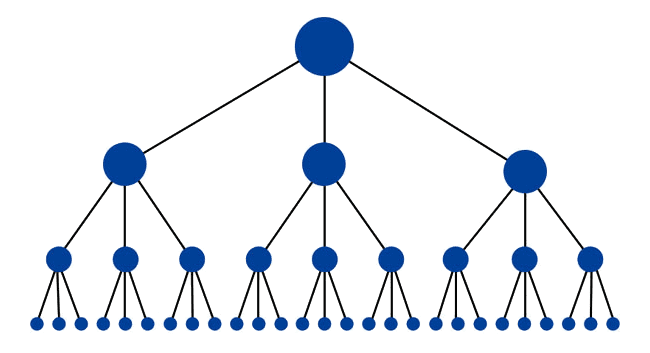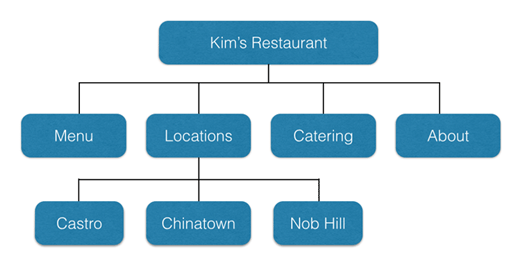For business owners just getting started, a guide to build brand buzz and boost your bottom line.
Leveraging the power of content and social media marketing
can help elevate your audience and customer base in a dramatic way. But
getting started without any previous experience or insight could be
challenging.
It's vital that you understand social media marketing fundamentals.
From maximizing quality to increasing your online entry points, abiding
by these 10 laws will help build a foundation that will serve your
customers, your brand and -- perhaps most importantly -- your bottom
line.
1. The Law of Listening
Success with social media and content marketing requires more listening
and less talking. Read your target audience’s online content and join
discussions to learn what’s important to them. Only then can you create
content and spark conversations that add value rather than clutter to
their lives.
2. The Law of Focus
It’s better to specialize than to be a jack-of-all-trades. A
highly-focused social media and content marketing strategy intended to
build a strong brand has a better chance for success than a broad
strategy that attempts to be all things to all people.
3. The Law of Quality
Quality trumps quantity. It’s better to have 1,000 online connections
who read, share and talk about your content with their own audiences
than 10,000 connections who disappear after connecting with you the
first time.
4. The Law of Patience
Social media and content marketing success doesn’t happen overnight.
While it’s possible to catch lightning in a bottle, it’s far more likely
that you’ll need to commit to the long haul to achieve results.
5. The Law of Compounding
If you publish amazing, quality content and work to build your online
audience of quality followers, they’ll share it with their own audiences
on Twitter, Facebook, LinkedIn, their own blogs and more.
This sharing and discussing of your content opens new entry points
for search engines like Google to find it in keyword searches. Those
entry points could grow to hundreds or thousands of more potential ways
for people to find you online.
6. The Law of Influence
Spend time finding the online influencers in your market who have
quality audiences and are likely to be interested in your products,
services and business. Connect with those people and work to build
relationships with them.
If you get on their radar as an authoritative, interesting source of
useful information, they might share your content with their own
followers, which could put you and your business in front of a huge new
audience.
7. The Law of Value
If you spend all your time on the social Web directly promoting your
products and services, people will stop listening. You must add value to
the conversation. Focus less on conversions and more on creating
amazing content and developing relationships with online influencers. In
time, those people will become a powerful catalyst for word-of-mouth
marketing for your business.
8. The Law of Acknowledgment
You wouldn’t ignore someone who reaches out to you in person so don’t
ignore them online. Building relationships is one of the most important
parts of social media marketing success, so always acknowledge every
person who reaches out to you.
9. The Law of Accessibility
Don’t publish your content and then disappear. Be available to your
audience. That means you need to consistently publish content and
participate in conversations. Followers online can be fickle and they
won’t hesitate to replace you if you disappear for weeks or months.
10. The Law of Reciprocity
You can’t expect others to share your content and talk about you if you
don’t do the same for them. So, a portion of the time you spend on
social media should be focused on sharing and talking about content
published by others.
Content Source - Social Media Marketing




































